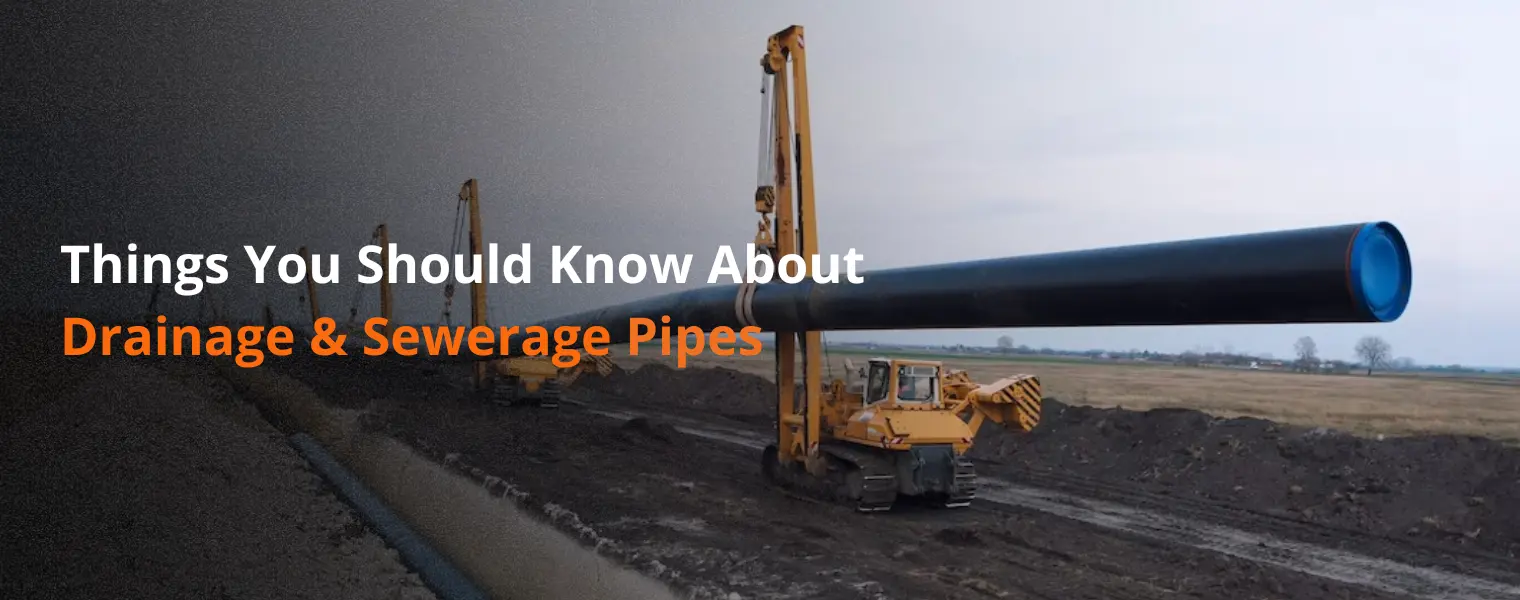
Proper drainage and sewerage systems are essential for maintaining the hygiene and functionality of residential, commercial, and municipal areas. Understanding the key aspects of drainage and sewerage pipes is crucial for effective planning, installation, and maintenance. In this blog post, we will explore important points related to drainage and sewerage pipes, including the difference between drains and sewers, the types of drain pipes, and the significance of PVC drainage pipes.
Drains and sewers are two integral components of a wastewater management system, but they serve different purposes. Drains are responsible for collecting and removing surface or rainwater from properties, preventing flooding and water damage. They typically carry water away from basements, driveways, roofs, and other areas prone to water accumulation. On the other hand, sewers are designed to transport wastewater, including human waste, from residential, commercial, and industrial buildings to treatment facilities.
A drainage sewer pipe is a conduit used to carry wastewater from various sources, such as sinks, showers, toilets, and washing machines, to the sewerage system. These pipes are typically buried underground and made of durable materials to withstand the constant flow of wastewater. Drainage sewer pipes are crucial for maintaining proper sanitation and preventing the contamination of water sources.
PVC drainage pipes are a popular choice for drainage systems due to their numerous advantages. PVC pipes are lightweight, making them easy to handle and install. They are resistant to chemicals, corrosion, and UV rays, ensuring long-term durability. PVC drainage pipes are also cost-effective, low-maintenance, and provide excellent flow characteristics for efficient wastewater removal.
There are several types of drain pipes available, each with its unique characteristics and applications. Common types of drain pipes include:
• PVC (Polyvinyl Chloride) Pipes: PVC pipes are widely used in drainage systems due to their durability, affordability, and resistance to chemicals. They are lightweight, easy to install, and resistant to corrosion.
• HDPE (High-Density Polyethylene) Pipes: HDPE pipes are known for their high strength, flexibility, and resistance to corrosion. They are commonly used in both drainage and sewerage systems.
• Concrete Pipes: Concrete pipes are durable and suitable for large-scale drainage projects. They offer excellent strength and resistance to external pressure.
• Cast Iron Pipes: Cast iron pipes are known for their longevity and ability to handle heavy loads. They are often used in commercial and industrial applications.